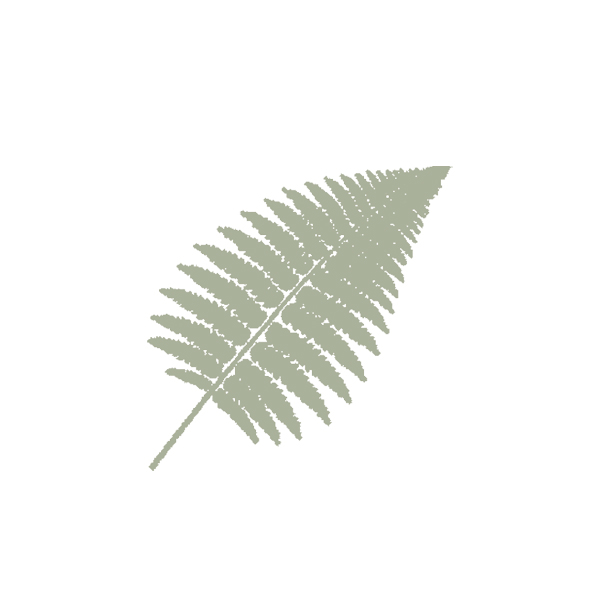The park

The Tepuhueico Park is a private conservation initiative on the island of Chiloé located 45 km south of Castro.
The 20,000 hectares of impenetrable native forest that make up the Park extend from the Pacific Ocean to the shores of Lake Tepuhueico. From north to south, it is crossed by the Pirulil Mountain Range. To the east of it are the extensive beaches of Quilán, Tricolor, and Checo, which are divided by massifs that break off perpendicularly to the mountain range and abruptly cut into the Pacific, creating a breathtaking landscape of cliffs. To the east of the Pirulil and down to Tepuhueico, the protected geography gives life to an ancient temperate forest, habitat to multiple species, and with a high degree of endemism.
The park’s territory constitutes a transition zone between the Valdivian forest and the North Patagonian forest, to which elements specific to Chiloé as an island are added. It is possible to distinguish three types of forest formations: the temperate hygrophilic forest, with a predominant presence of tepa, tineo, mañío, and coigüe, the coniferous forest or cypress groves, and the swamp forest also known as tepual. The humid climate and pristine condition of the territory allow for the optimal development of fragile layers formed by epiphytes, lichens, and mosses, as well as the conservation of mature forests with specimens that exceed 40 meters in height and whose trunks rise like supporting pillars of a natural cathedral.
The protected area encompasses multiple habitats including dunes, wetlands, peatlands, and forests. Mammals, birds, and reptiles move around by sea, rivers, and trees free from anthropogenic threats, and it is possible to discover them. The continuity of the forest is the determining factor for the conservation of currently threatened species such as the southern river otter, kodkod, Chiloé fox, pudu deer, and monito del monte, the most primitive marsupial on Earth. It is also an ideal site for birdwatching, with species such as the chucao, huet huet, and Magellanic woodpecker in the depth of the forest, the southern river duck in the wetlands, the kingfisher in the rivers, and the Magellanic penguin on the coast. Lastly, the Pacific beaches are the amphitheater to spot southern dolphins and, if lucky, the southern right whale.
The park enjoys a suitable climate for the development of fungi, thanks to the mixture of the temperate Valdivian forest and the cold North Patagonian forest, which facilitate the observation and study of these specimens. With their diversity of shapes and colors, they are present in all ecosystems, in water, soil, air, meadows, and forests, carrying out their role as decomposers in the food chain and helping to maintain a healthy and balanced ecosystem.
Little is still known about the biodiversity of fungi in the park, but several species have been documented, such as the small red mushroom, the “Chicharron de monte,” and the black rose. In addition, specimens of the “Flor de araña,” a rare plant that does not perform photosynthesis and must form a symbiotic relationship with a fungus to develop, have been found.

Over the years, we have built the necessary infrastructure to make the park accessible. We have constructed 30 km of roads to provide access to different areas of the park. We have opened 20 km of marked trails to immerse oneself in the forest and learn about the different ecosystems, all equipped with bridges and walkways to navigate difficult terrain. We have a gatehouse, hotel, and cabins to accommodate tourists. The Tepuhueico marina is also available for boating on the lake.
Behind this project there is a team of people who appreciate, care for and respect nature. With a firm conviction that private conservation is a viable and much-needed alternative to address climate change and its associated problems.
We form a team with local workers, with a historical connection to the island, who contribute knowledge and experience to a harmonious development between human habitation and nature.

